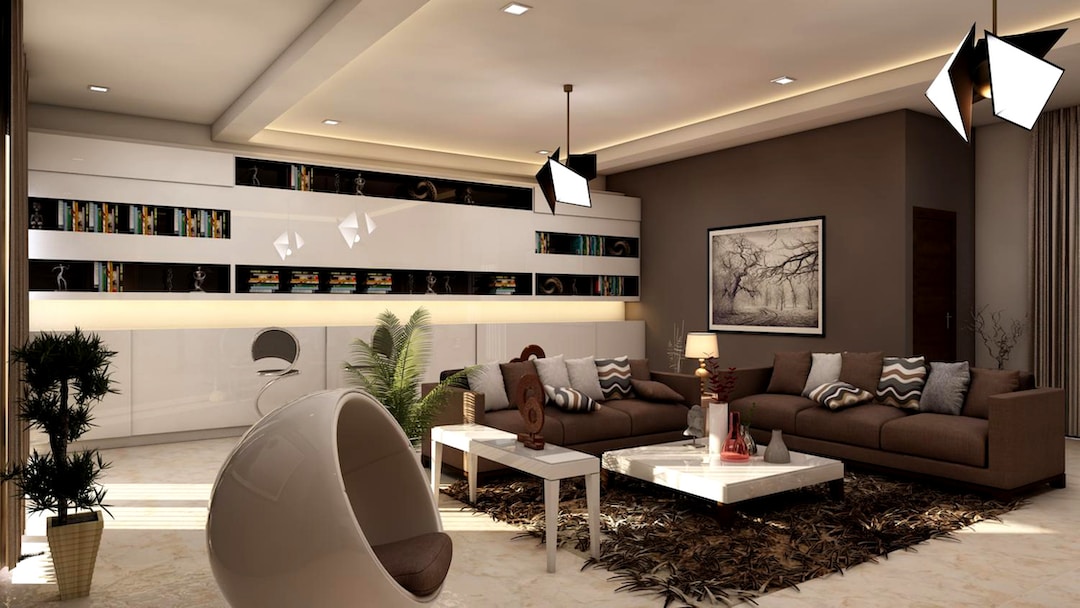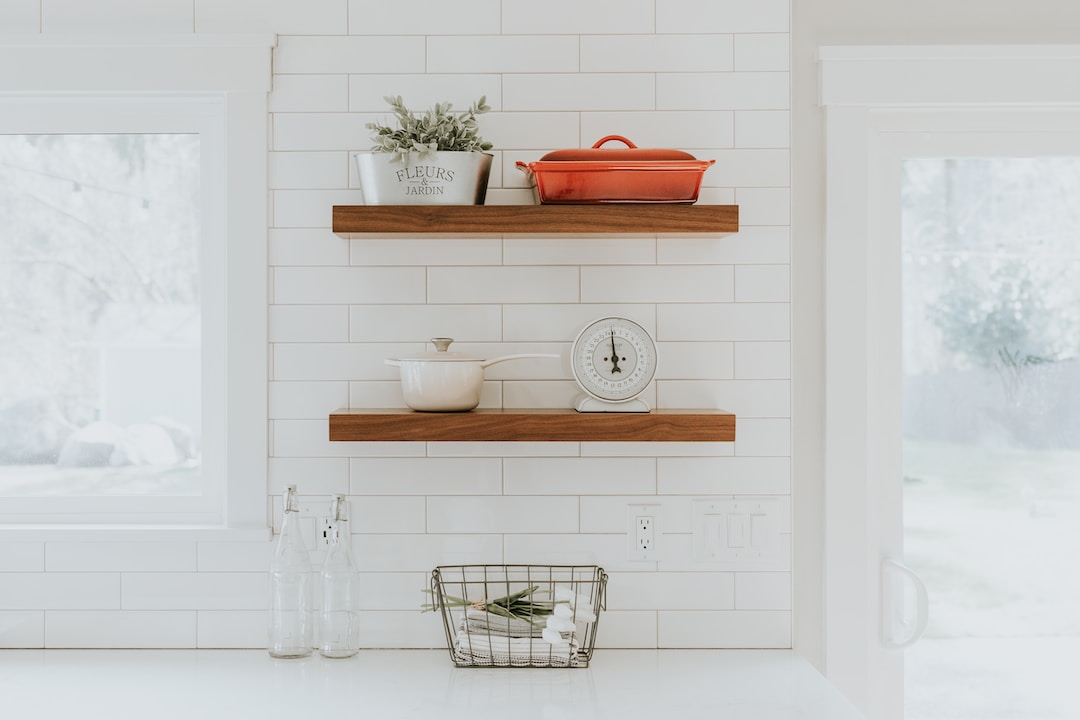Interior decorating can seem overwhelming, especially when you’re starting from scratch. How do you transform a space into a true reflection of your personal style? How do you balance both functionality and aesthetics? In this article, we will guide you through the process and equip you with the tools and ideas you need to create a space that speaks to who you are and complements your lifestyle.
Understanding Space and Flow
The first crucial step to consider in interior design is understanding your space. Consider the natural flow of your rooms and how you move around in them. This includes identifying focal points, considering light sources, and assessing the available space. What are the traffic patterns? Where do you naturally want to place furniture? How does daylight travel through the room during the day? These considerations will help you create a space that feels comfortable and functions well.
When it comes to furniture arrangement, for example, the room size, shape, and entrance placement impact where your furniture should be. Furniture should not block walkways or make it hard to move around the space. You also need to take into account the scale of your furniture. Large-scale pieces may overwhelm a small room, while tiny furnishings can get lost in a large room. Balancing the scale of furniture with the size of your room ensures a well-proportioned space. Experiment with different arrangements until you find one that feels right. Remember, your home should flow naturally and lead the eye from one design element to the next seamlessly.
Choosing a Color Palette
Despite the fact that color imparts a significant impact on the ambiance of a room, many individuals struggle when it comes to selecting a palette. The color scheme of your room plays a significant role in establishing the mood and style. It can transform a space from ordinary to exceptional when done right. Start with the colors you love. You can then create a color scheme around these colors using the rule of three: one color for walls, another for larger accents such as couches and chairs, and a third color for smaller accessories like cushions and artwork.
If you’re starting from scratch and not quite sure where to start, consider looking for inspiration outside your home. For instance, you might be inspired by the bright blues of the ocean, the earthy greens of the forest, or even colors from a work of art you love.
Also, don’t be afraid to experiment with color combinations. You can use an online color wheel or paint sample cards from your local home improvement store to play around with various combinations. Neutrals can be paired with bolder hues for balance, and analogous color schemes create a harmonious combination for your room.
The Importance of Lighting
Unfortunately, many people overlook lighting when decorating their homes. Lighting is vital, not just for functionality but also for aesthetics. Different types of lighting can change the mood and aesthetical appeal of a space. There are three main types of lighting to consider: ambient lighting, task lighting, and accent lighting. Ambient lighting provides general illumination for the room, task lighting is for specific tasks like reading or cooking, while accent lighting shines a spotlight on specific decorative elements or architectural features in your room.
Think about the activities you do in each room and the atmosphere you want to create. In your kitchen, for instance, you don’t want it to be too dim when you’re slicing and dicing ingredients. On the other hand, a soft glow with a few bedroom lamps in your bedroom can help you wind down for bed easily.
Sconces, floor lamps, chandeliers, pendants, track lighting, table lamps, under-cabinet lighting, and even candles are all examples of light sources that can enhance the overall design of your room. Remember to be creative with your lighting design, but also keep in mind the practical aspect of lighting.
Investing in High-Quality Furniture Pieces

Furniture is a major part of interior decorating and can often be a considerable investment. Emphasize quality over quantity. Even though it may be tempting to indulge in cheaper options, inexpensive furniture often gets worn out quickly and will likely need to be replaced after a few years. On the other hand, investing in high-quality pieces from brands like Serena & Lily will give your room a sophisticated look, and these items will stand the test of time.
When selecting furniture, look for pieces that fulfill your needs and complement your design style. Your couches, coffee table, dining table, and other major furniture pieces, should align seamlessly with the aesthetic of your room.
Layering Textures and Patterns
Add depth to your room by incorporating different textures and patterns. This can range from choosing textured furniture and decor to the use of rugs, cushions, throws, and more. Layering creates a sense of warmth and makes the room feel cozy and inviting.
The use of patterns also adds visual interest to a room. Nevertheless, be cautious about using too many patterns that clash. If you are uncertain about how to combine patterns, a good rule of thumb is to combine a larger-scale pattern with a smaller-scale design and stick to a coordinated color palette.
Textures and patterns can be introduced into your interior design in many creative ways. For example, wall art, curtains, throw pillows, blankets, rugs and carpets, decorative items, plants, urns, and vases, among other things, can all bring in different levels of texture and pattern.
Accessorizing Your Space
Accessories are the finishing touches that complete a room. They can also be a representation of your personality, so it’s important to take time to select items that speak to you. This may include anything from throw pillows, throws, candleholders, book collections, plants, artwork, and even smaller pieces of furniture. However, be careful not to clutter your space with too many accessories. Stick to the basics and remember that less is often more.
Artwork is a great way to add character and personalize your space. When positioning your artwork, keep it at eye level and avoid hanging it too high. You could also consider creating a gallery wall with several smaller frames if you have a large wall space to fill.
Keeping Your Home Organized

Regardless of how beautifully decorated a room is, it won’t look its best if it’s cluttered. Keeping the rooms of your home clean and organized is crucial not just for aesthetics but also for your mental well-being. A cluttered home can induce feelings of stress and chaos. Invest in appropriate storage solutions to keep your home neat and organized. Built-in cupboards, shelving units, storage boxes, baskets, and under-bed storage are just a few potential storage solutions.
Enforce a “one in, one out” policy in your home to prevent the build-up of unnecessary items. When you buy a new item, discard, sell, or donate an old one. This process helps to keep your home organized and clutter-free.
Overall, creating the perfect interior decor takes more than just buying furniture and placing it at random points in a room. It entails a deep understanding of space, a thoughtful approach to color, and a keen eye for lighting. With the steps outlined in this guide, you’ll be able to create a well-balanced, comfortable, and stylish home that truly speaks to your personal design aesthetic.

